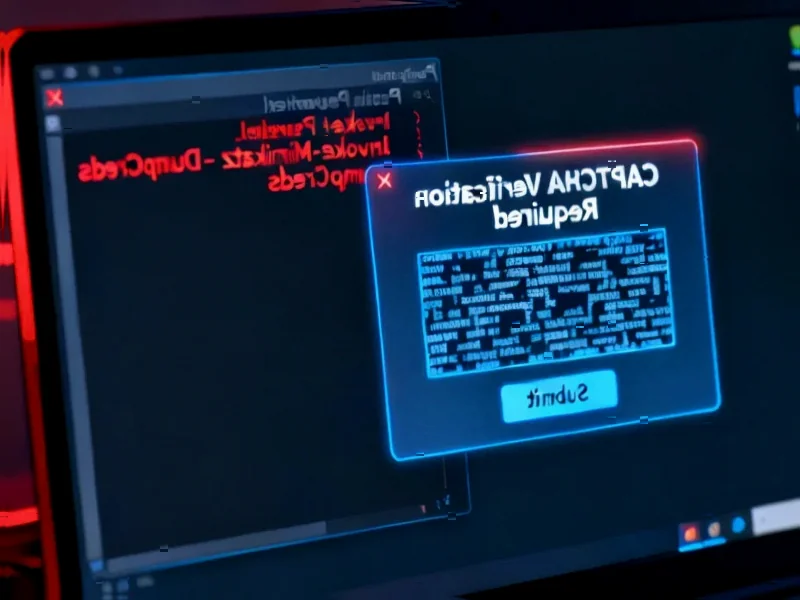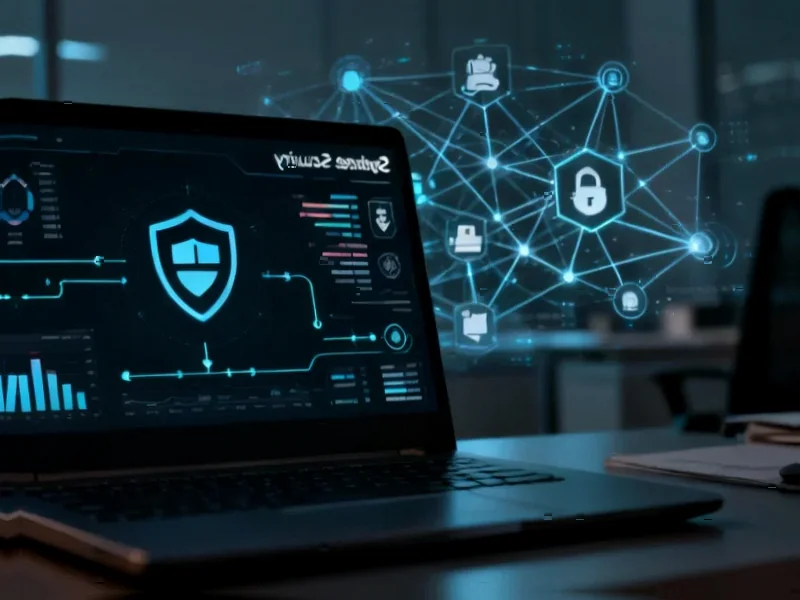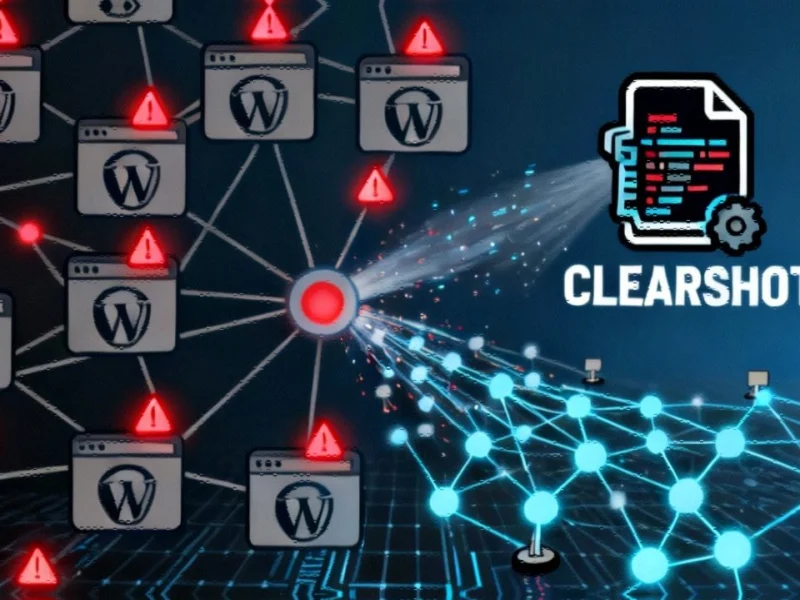According to Infosecurity Magazine, a staggering 84% of high-severity cyber-attacks now leverage legitimate tools already installed in organizational environments through Living-off-the-Land techniques. This data comes from Bitdefender’s analysis of 700,000 incidents, revealing how threat actors are weaponizing trusted applications like Microsoft Office and PowerShell. The attack method typically starts with seemingly innocent emails containing malicious VBA macros that execute when employees enable content. Once inside, attackers use PowerShell – a legitimate Windows administration tool – to run malicious commands disguised as routine activity. Recent research shows 64% of UK cybersecurity leaders recognize they need to reduce their attack surface by disabling unnecessary tools, but traditional blanket policies often fail because they either block productivity or leave security gaps.
The legitimate weapon problem
Here’s the thing that makes this so dangerous: these aren’t exotic hacking tools. We’re talking about the same applications your IT team uses daily – PowerShell for system administration, Office macros for automation, remote access tools that help desk staff rely on. Attackers have realized that hiding in plain sight is way more effective than trying to sneak malware past modern defenses. They’re basically using your own infrastructure against you, and because these tools are supposed to be there, traditional security often misses the malicious activity. It’s like a burglar who doesn’t break windows but uses your own key to walk right in.
Why traditional security fails
So why can’t standard security stop this? Traditional approaches rely on blocking or restricting tools across the entire organization. But that creates a no-win situation. If you disable PowerShell for everyone, your system administrators can’t do their jobs. If you leave it enabled for everyone, attackers have exactly what they need. The same goes for countless other legitimate tools – there are nearly two hundred that threat actors frequently leverage according to the research. Organizations are stuck between productivity and security, and attackers are exploiting that gap perfectly.
The behavioral solution
This is where behavioral learning and proactive hardening come in. Bitdefender’s approach with GravityZone PHASR essentially learns how each user normally operates and tailors security accordingly. It can identify who actually needs PowerShell and how they use it, then disable or restrict it for employees who don’t need it while allowing legitimate activity for those who do. The system uses hundreds of machine learning models to monitor specific attack vectors and automatically adjust defenses. Think of it as security that understands context rather than just applying blanket rules.
What this means for businesses
The shift toward legitimate tool exploitation represents a fundamental change in the threat landscape. According to Bitdefender’s 2025 Cybersecurity Assessment, most organizations are aware of the problem but struggling with implementation. The real challenge? Security can’t be one-size-fits-all anymore. Attackers test against uniform security setups – they buy the same solutions you use and practice evading them. But when security becomes personalized and adaptive, that playbook falls apart. Basically, we’re moving from castle walls to smart guards who know every resident’s normal behavior. It’s a more sophisticated approach, but then again, so are the threats we’re facing today.




